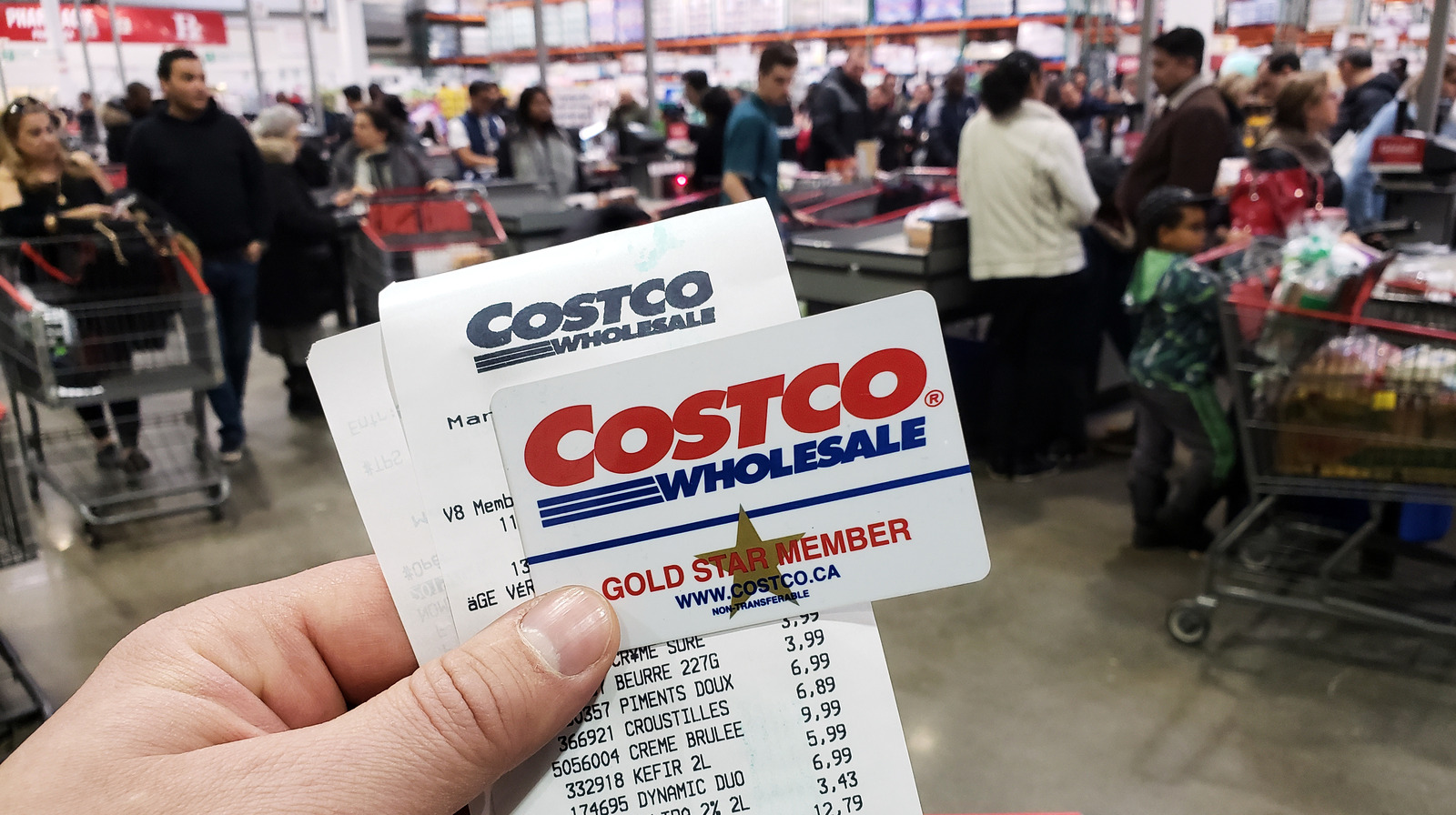Our Florida Sheriffs have a longstanding relationship with what is now the State Division of Alcoholic Beverages and Tobacco, which began when Florida was a territory of the United States.
The Florida Sheriffs and the Division of Alcoholic Beverages and Tobacco have a longstanding symbiotic relationship that dates back to 1822 when Florida was still a territory. The sheriffs and revenuers levied taxes on alcohol, regulated sales, and enforced public health laws.
Museum:Museum of Florida History offers a glimpse into political history | Cotterell
Culture path:“Healing spaces”: artists who are invited to draw on history in order to complete the cultural path
The origins of the Florida Sheriff can be traced back to when Florida came under the Stars and Stripes as a Spanish colony, when President James Monroe appointed Andrew Jackson as Commissioner and Provisional Governor.
The President wrote to Jackson: “I am confident that your appointment will be felt immediately and extremely beneficially. Smugglers and slave traders will hide their heads, pirates will disappear and the Seminoles will stop causing trouble. ”
Consequently, on July 10, 1821, St. Augustine was the place of jurisdiction for the establishment of East Florida. A week later, on July 17th, Andrew Jackson himself accepted the West Florida broadcast in Pensacola.
Section 4 of a lengthy ordinance issued by the governor on July 21, 1821, provided that a sheriff and clerk should be appointed to the courts of the territory’s first two counties, Escambia and St. Johns, creating the Office of Sheriff was established in Florida. Later laws gave the sheriff a variety of roles including managing prisons, taxes, various aspects of county government, and interacting with other judicial and administrative officials.
Alcohol and prohibition
On March 3, 1845, Florida was admitted to the Union and became a state. From 1845 to 1915, the sale of intoxicating liquor in Florida was largely regulated at the local level. The federal government primarily regulated and taxed the production of alcoholic beverages.
By the early 20th century, public opinion about alcohol consumption was so prevalent that it pushed a candidate for governor into the Tallahassee Capitol.
Governor Sidney Johnston Catts, the 22nd governor of Florida, won the Democratic gubernatorial nomination in 1916. However, the Florida Supreme Court ordered a recount of the elections and overturned his nomination. He then left the Democratic Party and was elected as a candidate for prohibition.
He was governor from January 2, 1917 to January 4, 1921. His choice may have reflected the mood of the country, with the 18th Amendment, or Volstead Act, going into effect on January 16, 1920, making alcoholics’ possession of beverages illegal.
Enforcement was complicated and dangerous
Some saw Prohibition as a positive crusade, while others consisted of enforcing social control over the majority by a minority.
In April 1919, the members of the Florida Sheriffs Association met in Jacksonville for their annual meeting. Alachua County Sheriff Perry Gilbert Ramsey was President. While the “moonshine problem” was being discussed, it was decided to revisit the issue on April 8th in Tallahassee during the Legislature session.
The law passed in 1919 revised the alcohol fee system and at least partially reflected the demands of the association. During this time, some counties were “dry” or did not allow the sale of alcohol while others were “wet”.
Enforcement made enforcement difficult given the differences between rural and urban areas and the ever-changing local, state, and federal laws.
Enforcement, spiced with the mood of the country shifting towards alcohol sales, presented the sheriffs with a difficult environment.
The way
Sheriffs were at risk, sometimes alone in rural counties, to enforce alcohol prohibition laws. An example occurred on August 20, 1927, when the Flagler County Sheriff, Perry Hall, raided a facility where moonshine was consumed.
Inferior but fearless, Sheriff Hall ordered James Smith, one of the inmates, to raise his hands as he entered the room to make the arrest. Suddenly Smith spun around and hit the sheriff on the head with a whiskey bottle. Sheriff Hall never regained consciousness and died hours later. James Smith was later shot dead by a group after hiding in Brookfield, Georgia, during a 21-day manhunt.
The National Prohibition Act was repealed on December 5, 1933 with the passage of the 21st Amendment. After that, laws began to appear that taxed alcohol regulation.
The Florida Law Enforcement Agency was born
On June 27, 1935, following the passage of the Beverage Act of 1935, the Florida State Beverage Department was established. This law provided the power to tax and regulate the liquor industry. Mr. JA Cormier was appointed first director by Governor David Sholtz.
Over the years, the partnership between ABT, sheriffs and law enforcement agencies has grown to address local issues and create a force multiplier.
David Brand, Florida Sheriffs Association Law Enforcement Coordinator, is an occasional guest columnist for the Tallahassee Democrat and lives in St. Teresa.
Never miss another story: Subscribe to the Tallahassee Democrat using the link at the top of the page.
https://www.tallahassee.com/story/life/communities/2021/11/27/brief-history-moonshiners-revenuers-and-florida-sheriffs-tallahassee/8765003002/












/cloudfront-us-east-2.images.arcpublishing.com/reuters/JEUL2B5V7BJCFMRTKGOS3ZSN4Y.jpg)



/cloudfront-us-east-2.images.arcpublishing.com/reuters/DYF5BFEE4JNPJLNCVUO65UKU6U.jpg)

/cloudfront-us-east-2.images.arcpublishing.com/reuters/UF7R3GWJGNMQBMFSDN7PJNRJ5Y.jpg)













